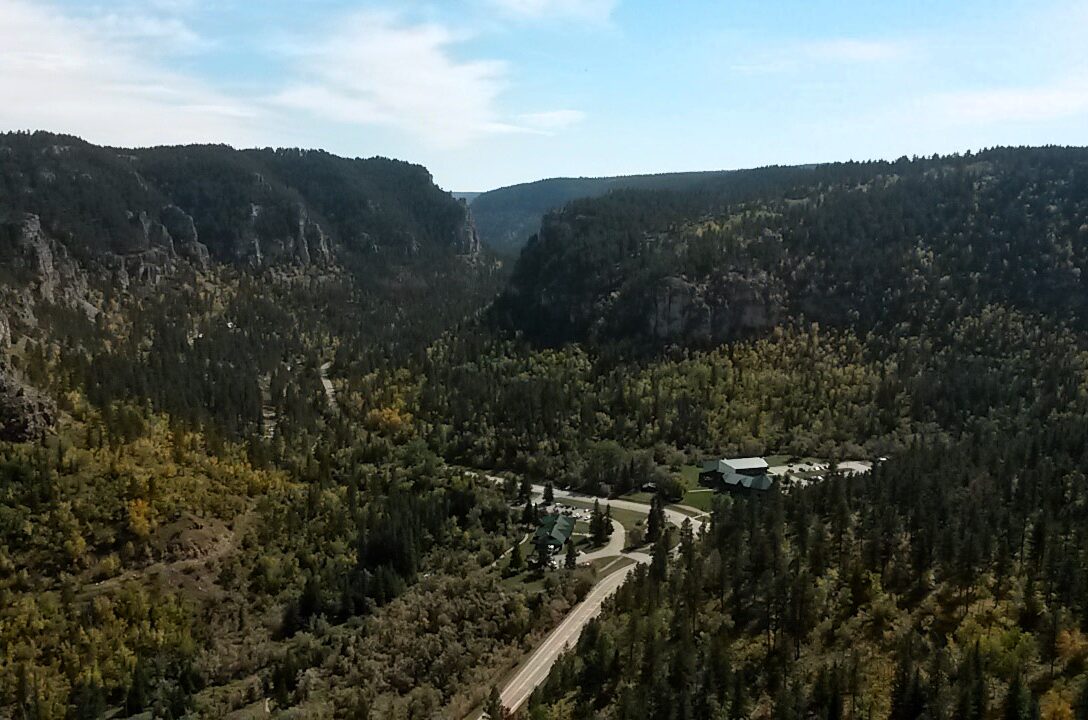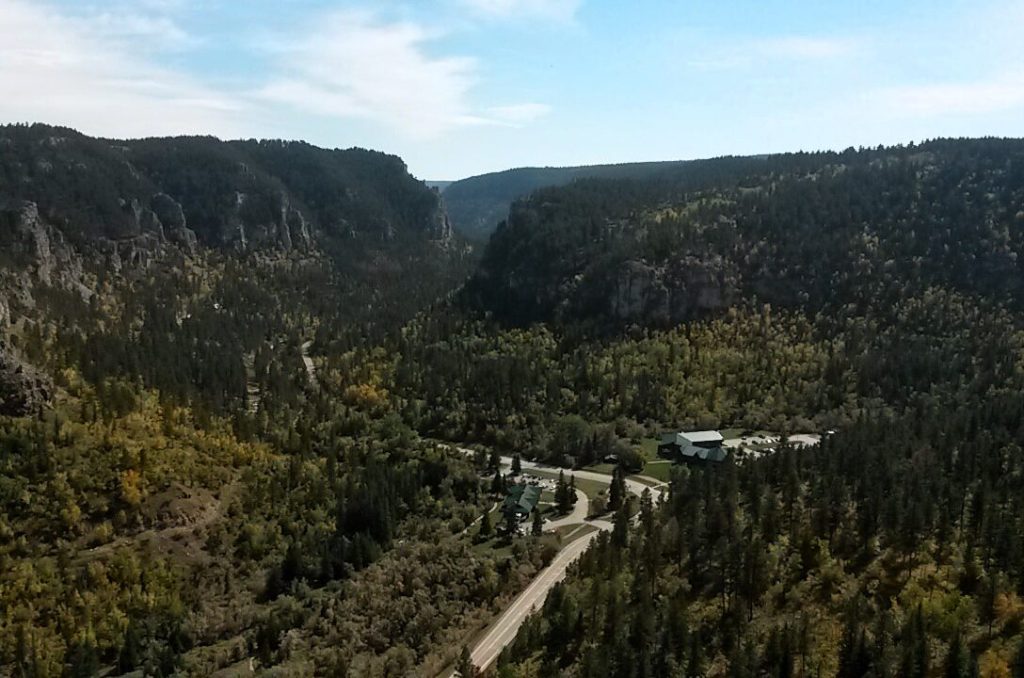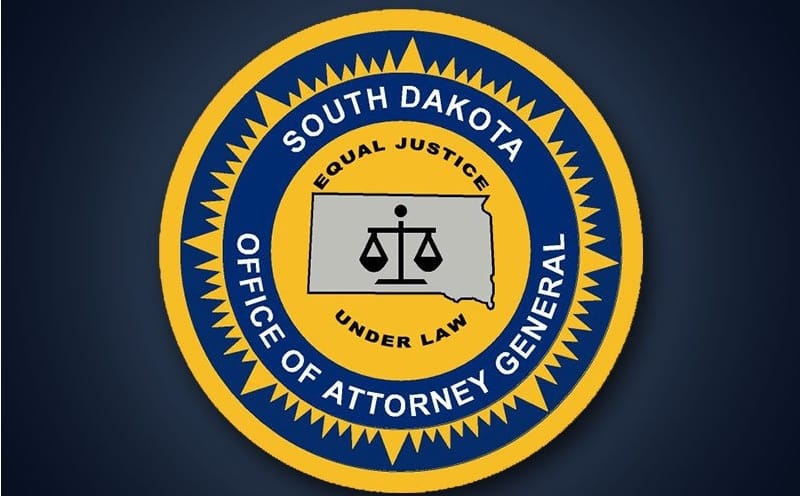SPEARFISH, S.D. – A federal agency has issued final approval of a company’s plan to conduct exploratory drilling for gold above Spearfish Canyon.
The company is Colorado-based Solitario Resources. Project maps show some of the proposed drill sites are less than a mile from the canyon rim in the Black Hills National Forest, about 15 miles southwest of Spearfish.
None of the proposed sites are inside Spearfish Canyon, according to a decision notice Monday from the U.S. Forest Service. The decision finalizes a provisional approval issued in December.
The area of the canyon below the drilling locations is a popular spot, with attractions including Roughlock Falls, Spearfish Falls, Spearfish Canyon Lodge and the Latchstring Restaurant.
Opponents of the drilling include the nonprofit Black Hills Clean Water Alliance. The Alliance fears the project poses a serious risk to water quality in Lawrence County, including Spearfish Creek. They believe it will also also disrupt wildlife, add to worsening air quality issues, and directly interrupt the recreation and tourism industry in the area.
“Not only does this project pose a serious risk to water quality in Lawrence County — including Spearfish Creek — it would also disrupt wildlife, add to our worsening air quality issues, and directly interrupt the recreation and tourism industry in our area,” the alliance said in December.
Solitario said in a press release Tuesday that “several administrative steps remain before drilling begins,” but it plans to begin drilling in June.
“There has been a lot of misinformation in the local public domain about mineral exploration, and we are extremely confident that we will be able to demonstrate that mineral exploration continues to be an environmentally safe and economically important activity on multiple-use public lands,” said Solitario President and CEO Chris Herald.
The decision from the Forest Service says that based on an environmental assessment, the project “will not significantly impact the human environment,” and a more comprehensive environmental impact statement will therefore not be prepared.
Additionally, the Forest Service “is only authorized to regulate, but not prohibit, lawful locatable mineral operations,” the decision says. That’s due to the General Mining Law of 1872, which protects the right to explore for minerals on federal public land.

Under its power to regulate exploration, the Forest Service will impose numerous restrictions on the project to minimize disruptions to people, wildlife, the environment, groundwater, and cultural and archaeological resources. The company is also required to plug and cap holes, and restore drilling sites to a natural-looking condition.
Solitario’s plan includes up to 25 drill sites with holes averaging 1,300 feet deep. Drilling will occur mostly from May to October over the course of five years. The company will examine core samples from the drilling to determine whether there’s enough economically recoverable gold to support a mine.
The company is one of several proposing gold exploration or actively exploring for gold in the Black Hills, where exploration and mining have been ongoing since the 1870s.
The industry has brought jobs and economic growth, but also environmental damage. Before modern environmental regulations, the former Homestake Mine in Lead dumped so much pollution into Whitewood Creek that the waterway became colloquially known as Cyanide Creek. Another former gold mine, the Gilt Edge near Lead, has been the site of a cleanup funded by the Environmental Protection Agency’s Superfund for more than 20 years since the mine was abandoned by its bankrupt owner.
The only currently active, large-scale gold mine in the Black Hills is the Wharf Mine, near Lead and Terry Peak.
Lithium has also become a sought-after mineral in the Black Hills, with companies staking claims and exploring for deposits to mine for use in the batteries that power electric vehicles and other devices.














